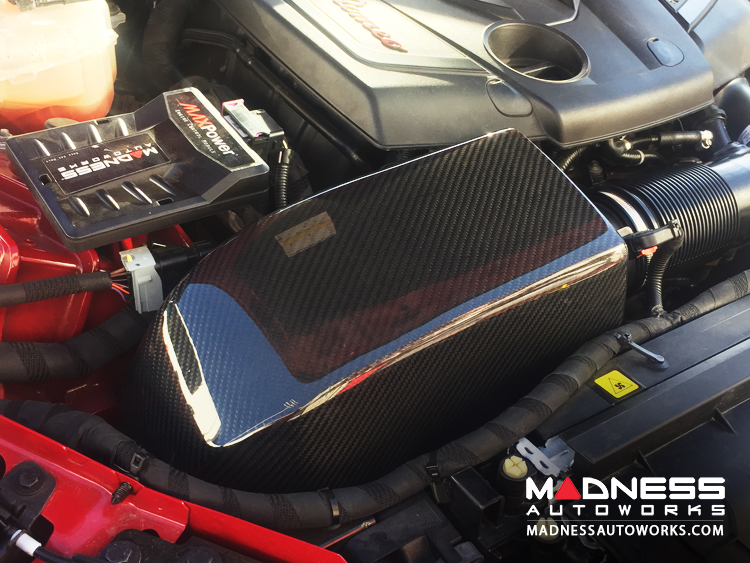I have done pretty much all the mods performance wise on my Giulia. ECM piggyback, TCU flash, exhaust, Go pedal etc.
That being said I have changed the air filter to a BMC air filter but I am wondering if i should do anything to the entire cold air intake system. The performance gains on these are suspect at best from my experience and i have even seen a few youtube videos where folks did a before and after dyno when they swapped intakes and actually lost power. These were not joe schmoes doing this experiment these were experienced people used to wrenching on cars and doing performance work.
so i ask you. " To intake or not to intake?" that is the question.
My first inclination is that this is a complete waste of time and money but i am willing to be convinced otherwise.
That being said I have changed the air filter to a BMC air filter but I am wondering if i should do anything to the entire cold air intake system. The performance gains on these are suspect at best from my experience and i have even seen a few youtube videos where folks did a before and after dyno when they swapped intakes and actually lost power. These were not joe schmoes doing this experiment these were experienced people used to wrenching on cars and doing performance work.
so i ask you. " To intake or not to intake?" that is the question.
My first inclination is that this is a complete waste of time and money but i am willing to be convinced otherwise.








